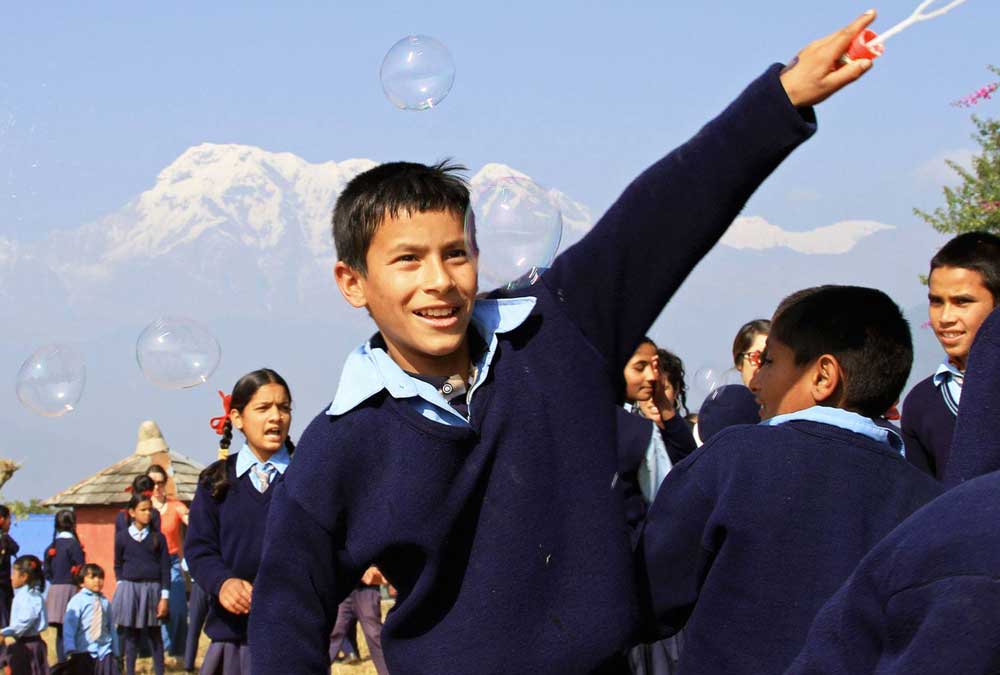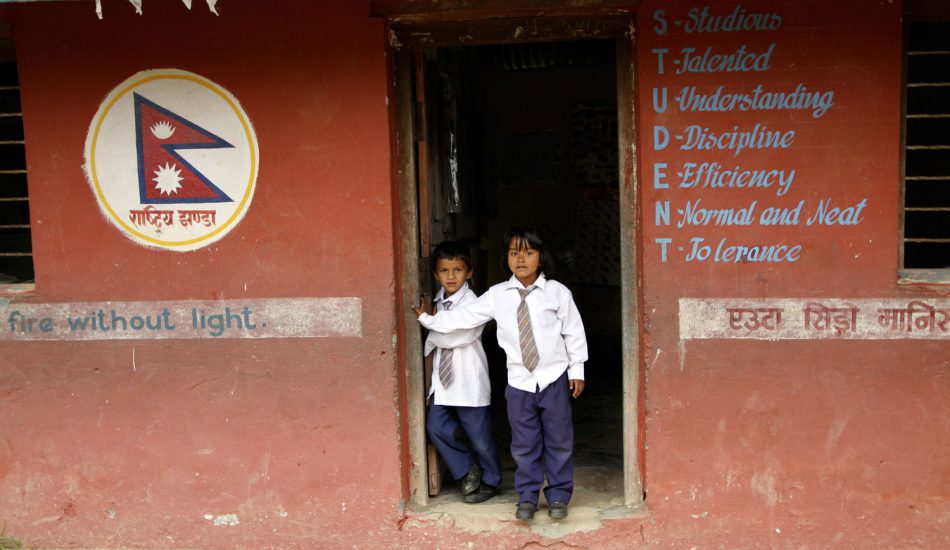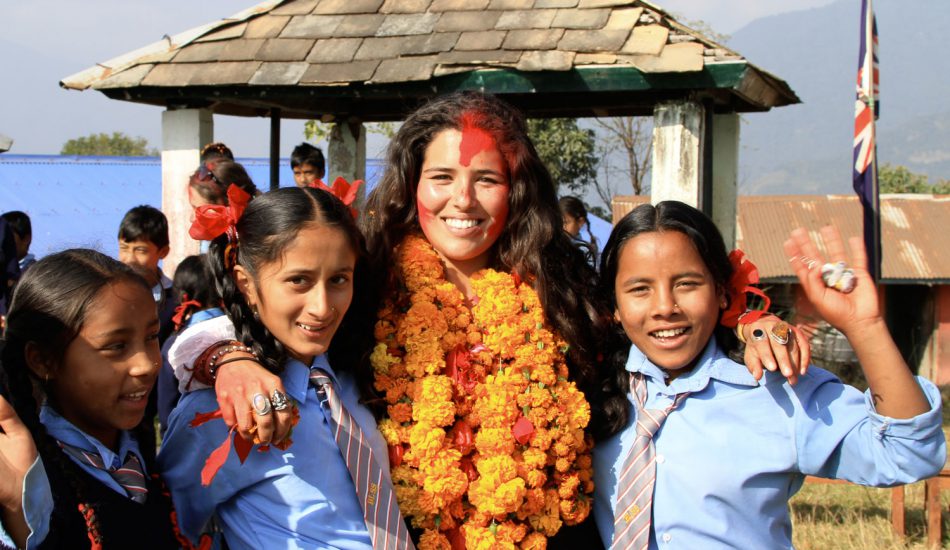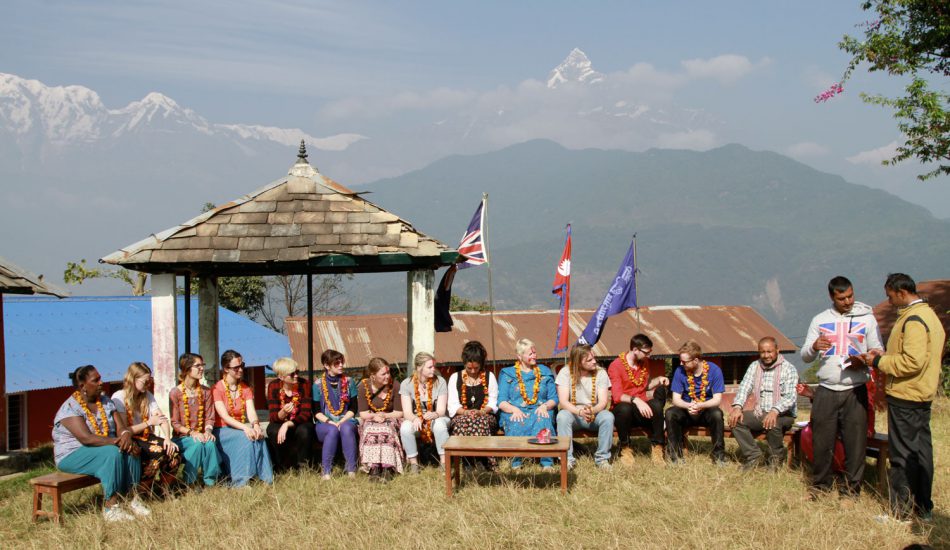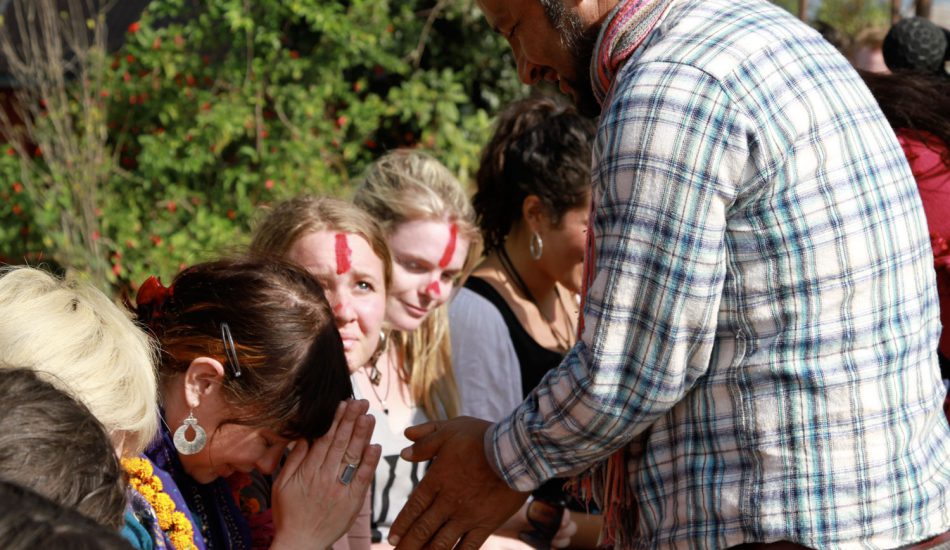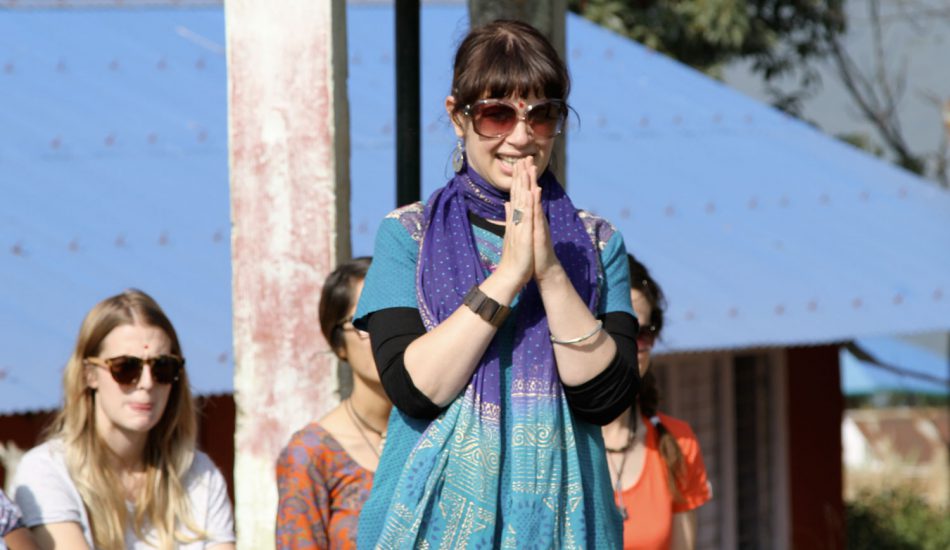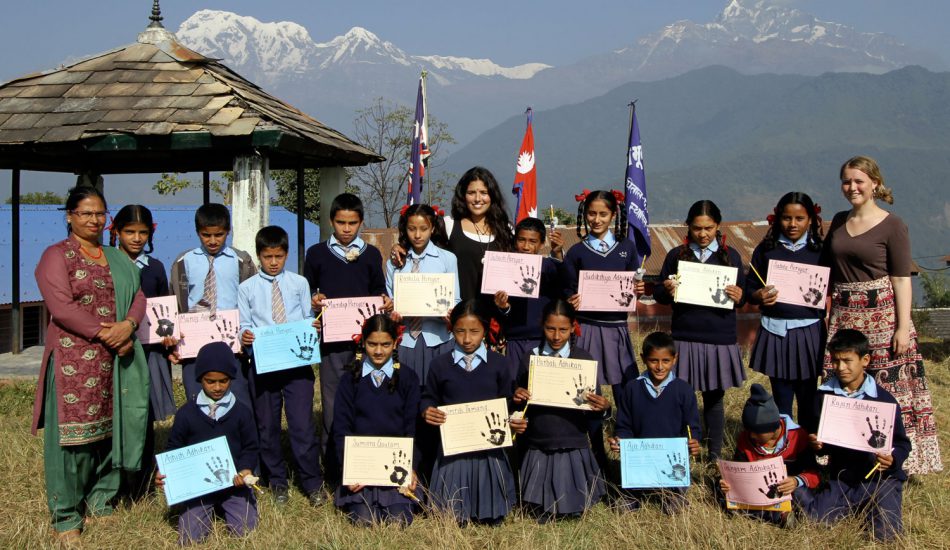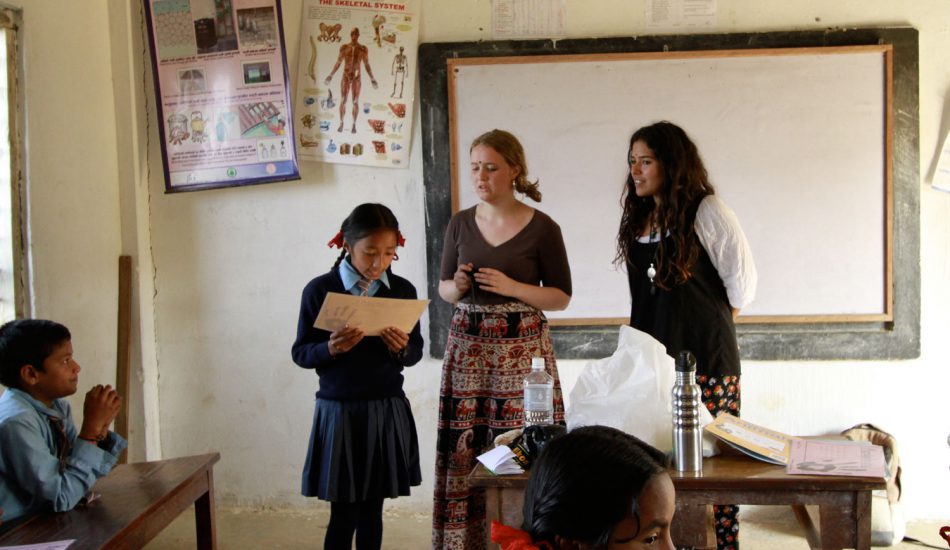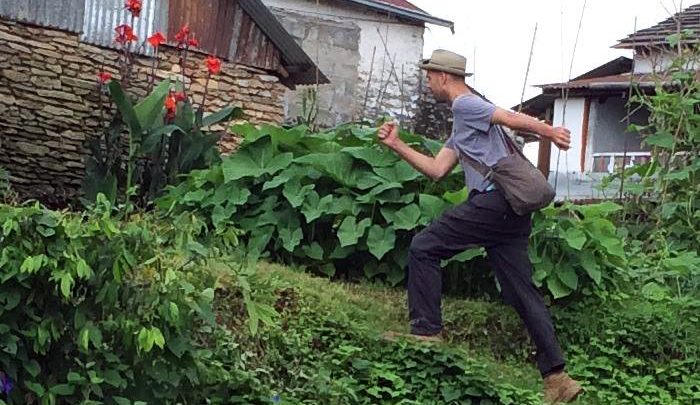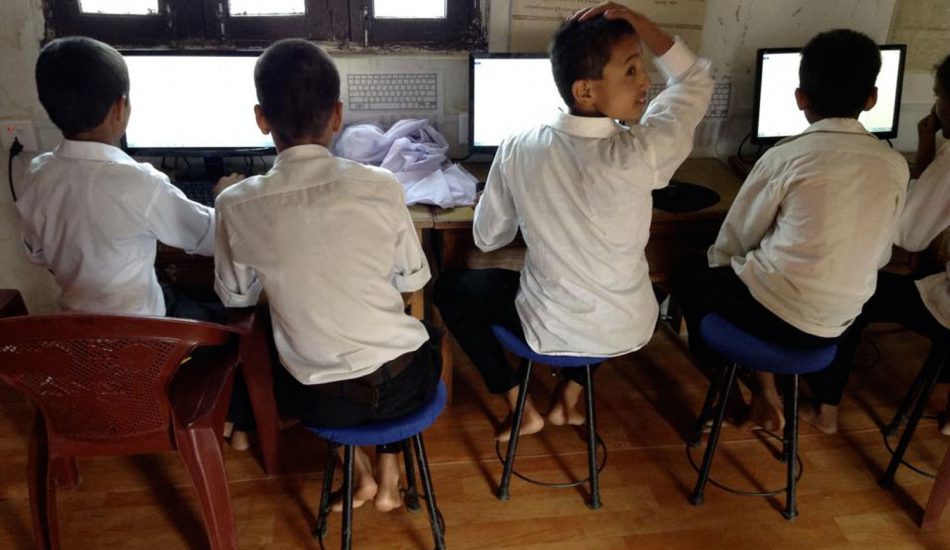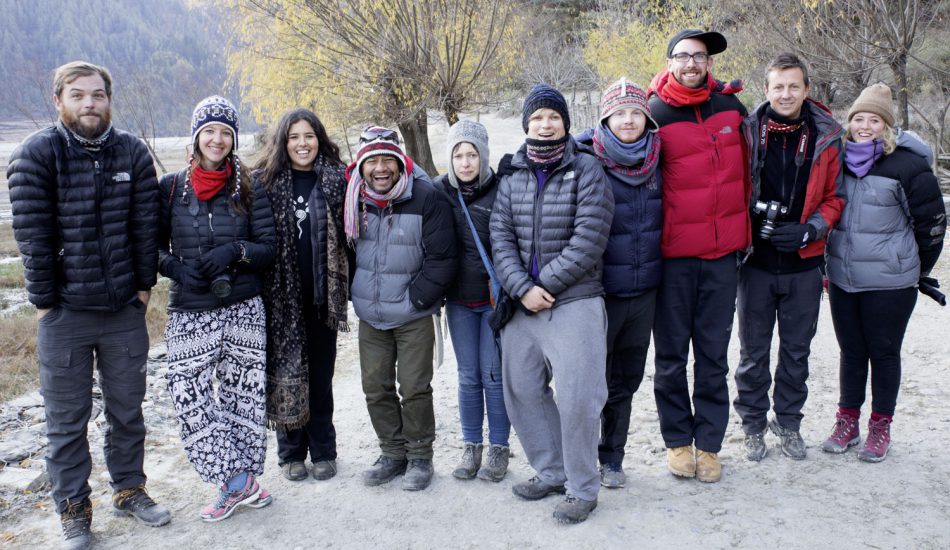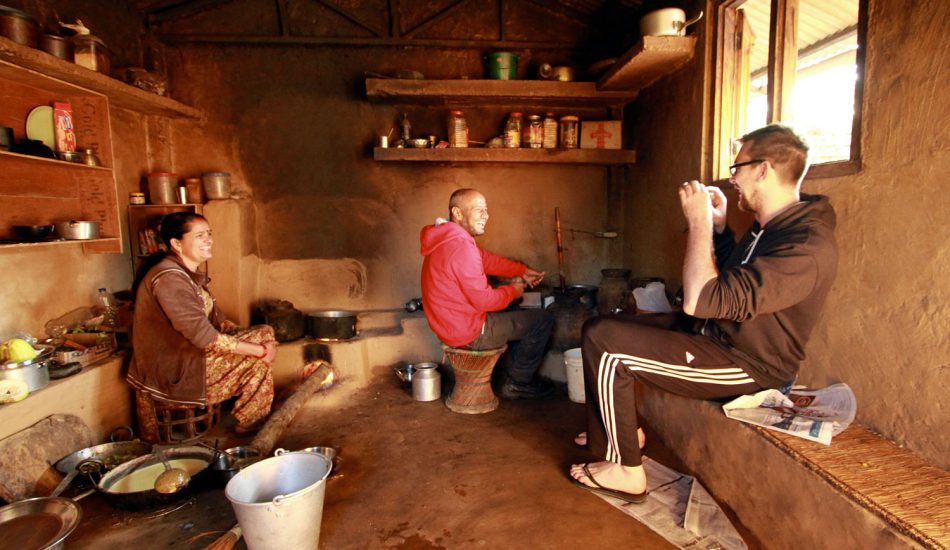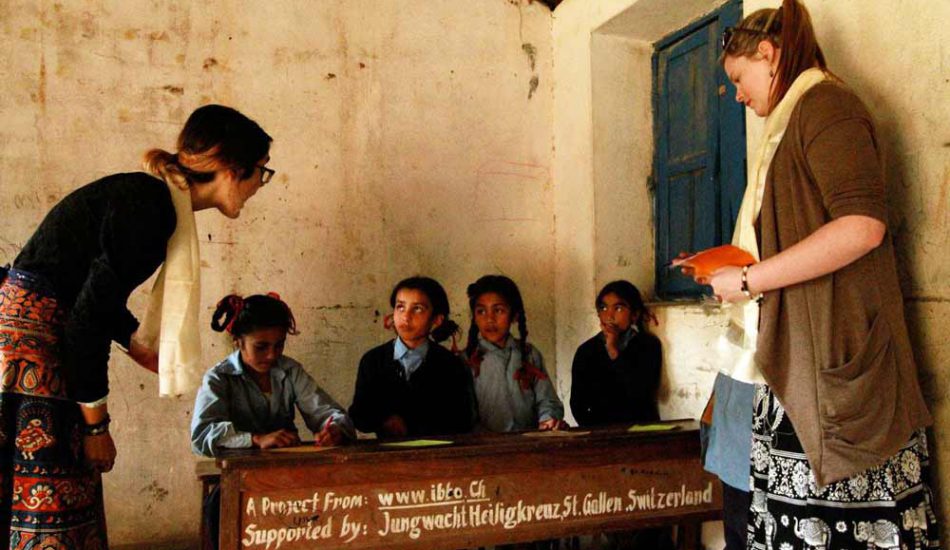Pathways Program volunteers for 2014
Description
Three groups of volunteers helping with teaching in two schools, training teachers and members of the community, and program implementation and assessment.
Project details
- Location : Shree Janakalyan Primary School (Lower Astam - 28.297123, 83.902459) & Shree Bhumeshwor Lower Secondary School (Astam - 28.315250, 83.899408) | Dhital VDC, Kaski District.
- Population : Two school: grade 1 to 8 + pre-primary - 170 students + 18 teachers + 10 local trainees.
- Date : April - May 2014 + Nov - Dec 2014
- Project : Teacher placements in local schools, teacher + community computer training + program design and assessment.
- Category : Teaching, Training,
2014 was the culmination of three years of building close relationships with communities in rural Nepal and understanding how some of their needs could be filled with the help of volunteers. Together we have created opportunities for volunteers from around the world to spend time in communities we work to help build local knowledge and work with local teachers in their classrooms.
This year saw our greatest number of participants in the Pathways Program – 15 in total. We would like thank: the RMIT University teachers Jennie Alagozidiz, Dr Nick Carr, Ashlee Davis, Larissa Fry, Lucy Fuller, Tania Haimon, Sarah Hardie, Monica Lamperd, Amber Reynolds, Sarah Whaleboat; and project helpers Michael Capponi, Jason Dickie, Finlay Mauchline and James Wray.
In particular, we would like to thank Daniel Lombardo, ESL teacher and ICT specialist, who provided computer literacy training and techniques for using ICTs in the classroom over two month period for teachers in Astam and nearby schools. He also conducted research on appropriate technologies in the classroom, program assessment and networking with local professionals and service providers.
These volunteers have shared their knowledge, time and goodwill towards making contributions to our development objectives and the needs of the schools and community groups we serve.
We would like to thank the many groups and individuals who have contributed to this years Program with special thanks going to: Ves Raj Bastola, who has been unfailing in his service and whose ability to supervise and support volunteers from educationally and culturally diverse backgrounds is nothing short of outstanding; and, Bishow Adhikari, his family and the Annapurna Eco-village for their extraordinary ability to manage, assist and provide support to our participants during their time in Nepal.

Many who have participated in the Program have never before ventured into an emerging economy. It can come as a surprise when they spend time in schools where there is a very limited availability of resources and where children, their parents and teachers have the task of attending to livestock, cultivating their own food, and collecting water from community wells before and after school. One of this year’s participants said:
“to the beautiful souls who have helped create my incredible journey in Nepal I am so so grateful… It has been an amazing learning opportunity for me and I now know the value of my education and have a clear direction in my life… Nepal has a special place in my heart. I have fallen in love with this country, it’s people, it’s peaceful energy, the beautiful landscape in particular those mountains, the dahl baht and just everything this country has. I love you all and I love you Nepal. See you again soon!”

The responses we have received from children and local teachers during impact assessments have been positive and we are responding to a growing demand from schools in the region to become part of the Program.
The RMIT teachers made a positive impact in the community through teaching computer classes and English communication skills. The teachers had an opportunity to develop their cross-cultural understanding skills, their intellectual and personal maturity, and their resilience and initiative to rise to the challenge of living and teaching in a community very different from their own. They also had the opportunity to dispense with preconceived ideas about what constitutes the ‘best’ pedagogical methods and identifying simple, powerful and ‘appropriate’ ways of teaching that engage and resonate positively with students and teachers in this rural setting.
The RMIT teachers were divided into two groups to teacher at the Shree Bhumeshwor and Shree Janakalyan Schools for a period of four weeks. They worked side-by-side and under the direction of local teachers to deliver simple and effective education programs that are targeted at improving the results of students. Simple and effective is important given the restraints in this rural teaching environment.
By working closely with local teachers, we are attempting to introduce skills and techniques that they could integrate into their own teaching. However, we are aware that professional development of local teachers requires a long-term strategy of direct teacher training by local experts that can be supplemented with volunteers spending time beside them in the classroom at certain times of the year.
The RMIT teachers tended to focus on learner-centred projects where children have been empowered to become active in their own learning, with teachers supporting their endeavour and fostering their problem-solving and critical thinking skills. These projects have occurred in parallel with existing rote learning methods which is commonly practiced and is characterised by memorisation and recitation of selected material.
The power of technology-driven, student-centred approaches to education for inspiring and building confidence was explored. Using computers, cameras and other technology opened up new and powerful avenues for learning and creativity as well as allowing children to showcase their talents for others to appreciate.
An example from this years teaching was a project where children became involved in the process of creating their own music video. This activity allowed children to strengthen their English comprehension, vocabulary, grammar, speaking, and listening skills through learning and understanding the meaning of the song and through collaborating to create their own performance. At the end of the project, the entire school was able to view the video in the school’s Computer Centre.
A production by one of our participants, Tania Haimon.
In this and previous years, the Australian Government made funding available to encourage more pre-service teachers to become Asia-literate through access to teaching opportunities in Asia. Many of the volunteers participating in the Pathways Program have done so with the help of their home institution and this government funding.
Photo credit: Jason Dickie, Bishow Adhkari, Daniel Lombardo and Mark Pinoli.

